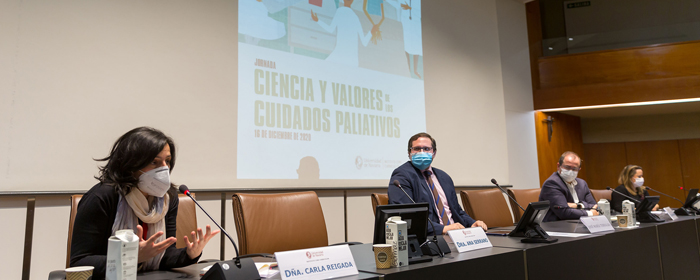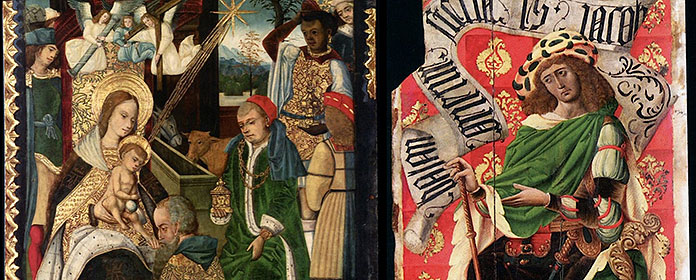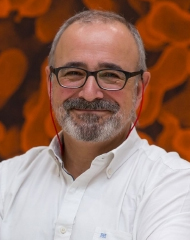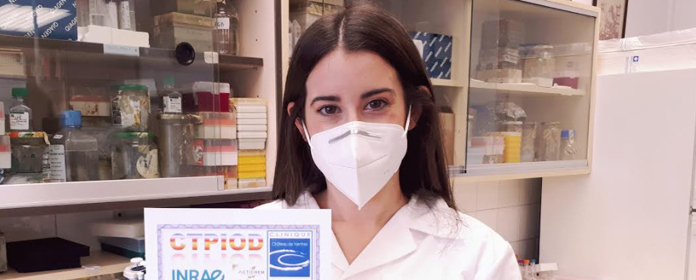2013_11_22_FYL_Continúan las conferencias Acerca de la cultura vasca con motivo del 50 aniversario de la Cátedra de Lengua y Cultura Vasca de la Universidad de Navarra
Cycle "About Basque culture" as part of the celebration of the 50th anniversary of the Chair
The works of Néstor Basterretxea and the testimonial force of Xabier Otero's photography were analyzed.
Néstor Basterretxa was unable to attend the Civivox Condestable in Pamplona last Wednesday to deliver his lecture lecture "A life in sculpture" for health reasons. In his place, the professors of the University of Navarra, Gabriel Insausti and Carlos Chocarro, talked about the absent artist: his pictorial and sculptural work and his cinema, which mark the will to create a Basque art from abstraction. Thus, the events celebrating the 50th anniversary of the Chair of language and Basque Culture.
The projection of photographs of the paintings "Composition from the sky" or "Second homage to Ben Nicholson", both from 1957, served to show the public that Néstor Basterretxea is a plural painter, capable of combining antagonistic elements.
In his search for the origin of Basque culture, Néstor Basterretxea drinks from Barandiaran's Dictionary. From there are born the sculptures "Intxutxu" or "Gaureko", for example, wired pieces, with a lot of movement, the first of them made of oak wood. "There is a clear will on the part of the author to reveal the material, deeply rooted in the Basque land," commented Professor Insausti.
A series of stelae, a funerary motif of Basque culture, were also on display. The pictorial murals "The Creation" and "The Good News" in the crypt of Our Lady of Arantzazu, painted by Basterretxea in 1981, were also worthy of note.
They ended their intervention with the projection of a few minutes of the film "Ama Lur", directed by Néstor Basterretxea and Fernando Larruquert, premiered out of competition at the San Sebastián Film Festival in 1968. It was financed by popular vote.
The second lecture ran to position photographer Xabier Otero, who was born in Pamplona, but was raised between San Adrián and Baztán. He has lived in London, Mali, Canada and the Sahara, to return to the Baztan Valley.
"Aware that we are witnessing the disappearance of a world, I wanted to make a work documentation of the crafts that are being lost," explained Otero. Throughout his speech he projected a series of photographs of landscapes, human faces and manual jobs, some in extinction such as that of the charcoal burners, captured in his travels and stays in the places mentioned above. "I am interested in the value of people and the work they do, as well as the power of communication we all have with language."





